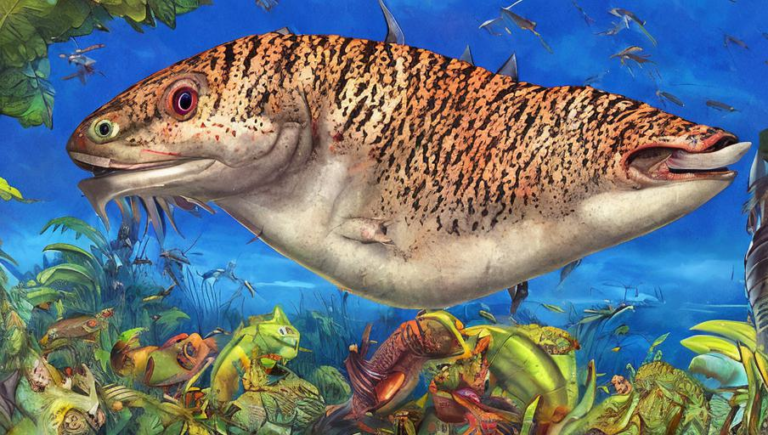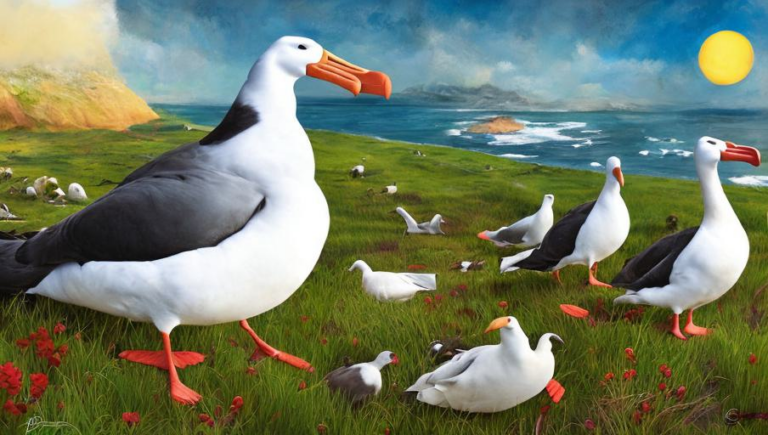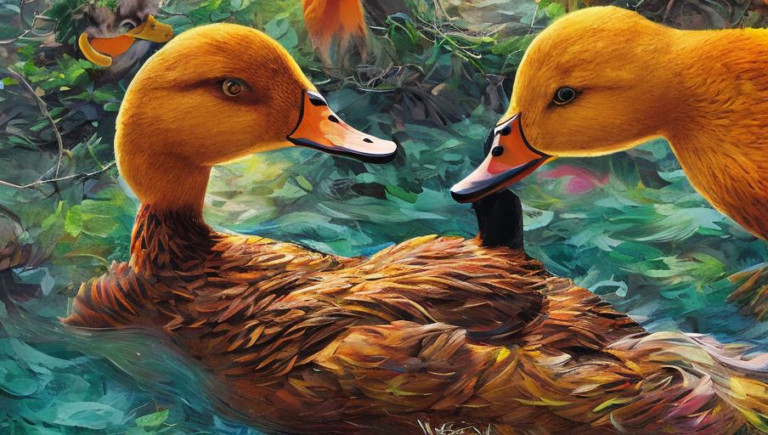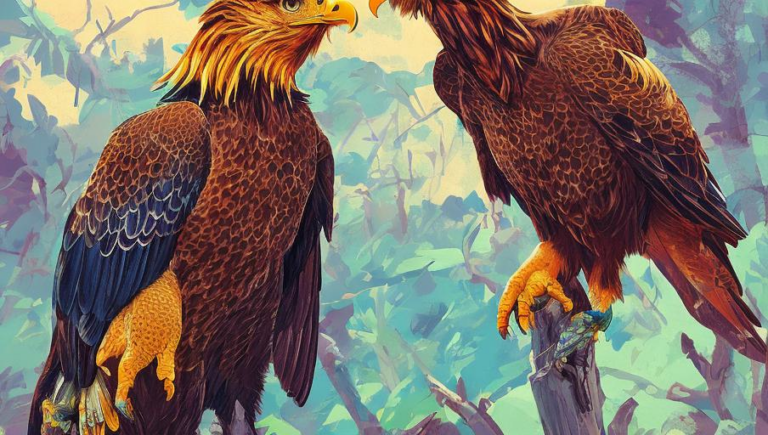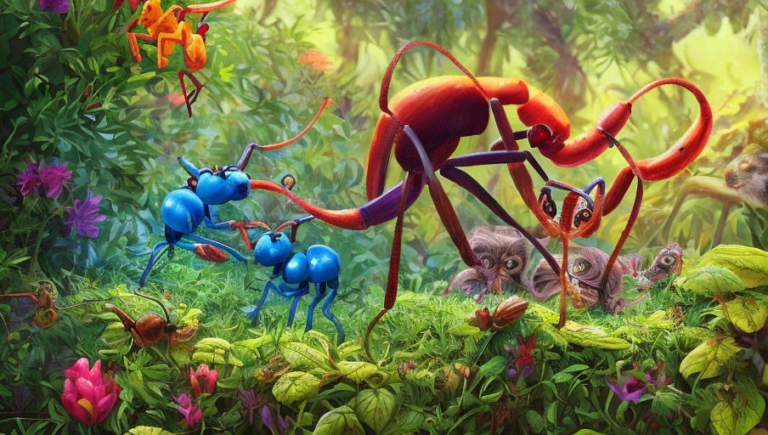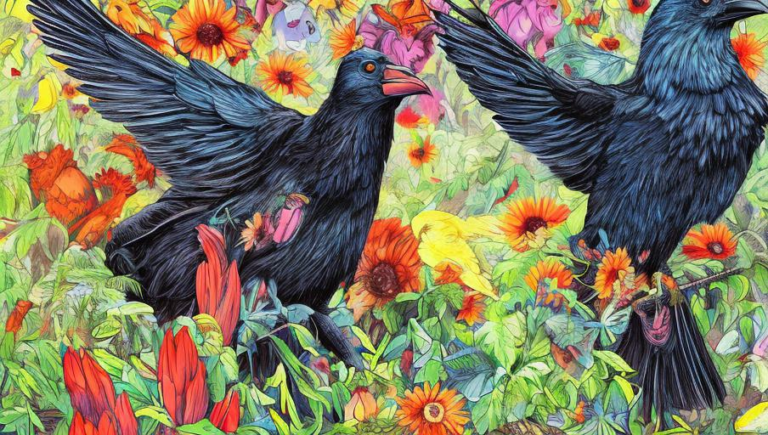Global Conservation of Dugongs
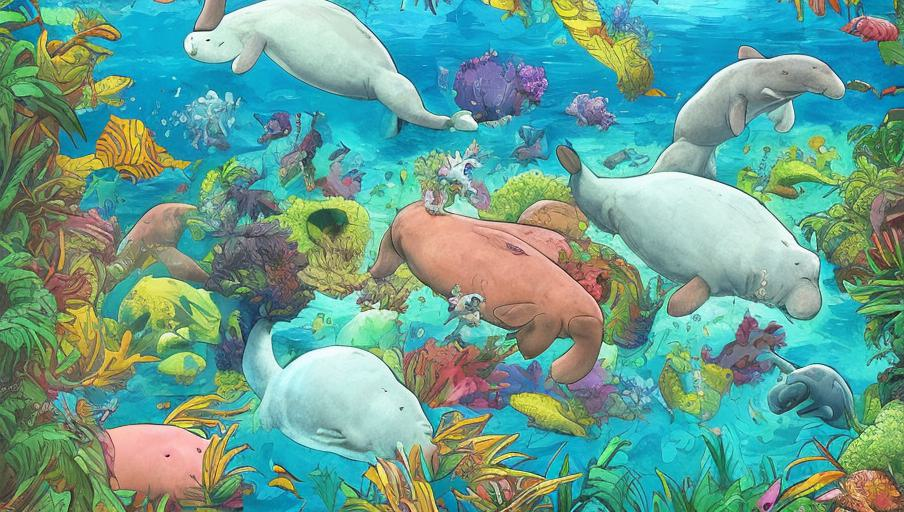
Global Conservation of Dugongs
The dugong, also known as the sea cow, is a large marine mammal found in the shallow, coastal waters of the Indian Ocean, Pacific Ocean, and Red Sea. This mammal is a close relative of manatees and is an important part of many marine ecosystems. As dugongs feed on seagrass, they help maintain the health of seagrass meadows and the associated fish and invertebrates. These animals are also important in the cultural and spiritual traditions of many coastal communities.
Unfortunately, dugong populations are declining due to a variety of threats, such as habitat degradation, entanglement in fishing nets, boat strikes, and hunting. In response, many countries have implemented conservation measures to protect dugongs and their habitats.
Conservation Measures in Australia
Australia has been a leader in the conservation of dugongs. In the Torres Strait, Indigenous communities have worked with the government to implement a number of initiatives to protect dugongs and their habitats. These include marine protected areas, regulations on fishing practices, and educational campaigns to raise awareness about dugong conservation.
Additionally, the Australian government funds research projects to better understand dugong populations and the threats they face. This research is used to inform conservation efforts and guide the development of management plans.
Conservation Measures in Other Countries
Other countries, such as the United Arab Emirates, are also taking steps to protect dugongs. The UAE has implemented a ban on the hunting of dugongs and has established protected areas to help conserve the species. The government also works with fishermen to reduce the accidental entanglement of dugongs in fishing nets.
In the Philippines, the government has implemented a number of measures to protect dugongs, such as setting up protected areas, regulating fishing practices, and educating communities about the importance of protecting these animals.
Conclusion
Despite these efforts, dugong populations remain threatened due to a variety of factors. It is essential that governments and communities continue to work together to protect these animals and their habitats. By doing so, we can help ensure the future of dugongs and the many species that depend on them.
